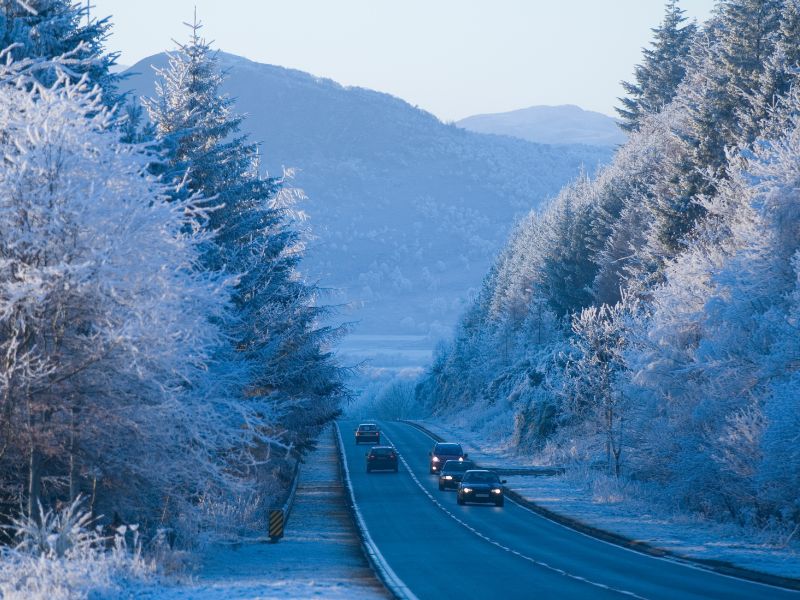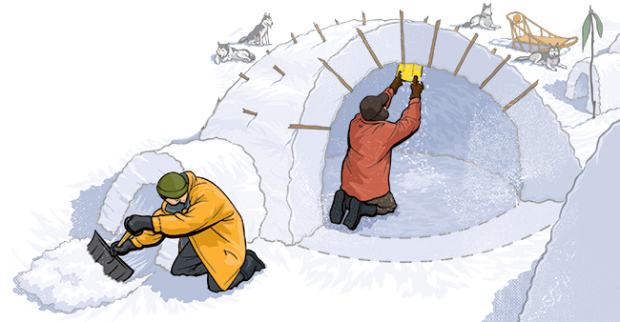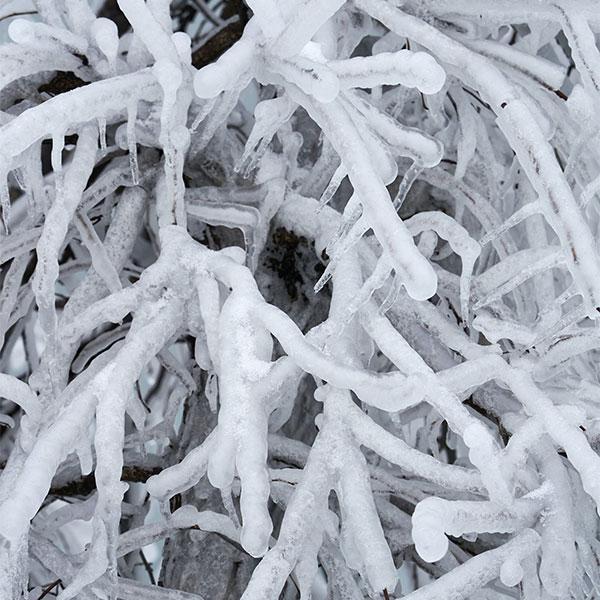1. Keep Your Core Warm
Your priority in freezing conditions is keeping your core body temperature stable. Layer up with warm clothing, and if necessary, use makeshift insulation like plastic bags or pieces of cardboard. Always prioritize a proper winter coat.
2. Avoid Working Up a Sweat
While physical activity can generate heat, sweating will reduce your core temperature, making you colder. Take it easy when shoveling snow, and avoid overexertion, which can cause heart strain, especially if you're not physically active.
"Sudden activity like lifting heavy snow can be dangerous. Work steadily, take breaks, and consider getting help from neighbors or younger family members."1
3. Recognize and Treat Frostbite
Frostbite happens when your skin freezes, especially on extremities like fingers, toes, and ears. Here are the two main stages:
- Superficial Frostbite: Numbness, tingling, and firm white skin.
- Deep Frostbite: Loss of sensation, swelling, and discolored or dead skin.
To treat frostbite, move to a warm area, elevate the affected limbs, and remove restrictive clothing. If professional help isn't available, immerse the area in warm water (104-107°F).
4. Prevent Hypothermia
Hypothermia sets in when your body temperature drops below 95°F. Signs include:
- Shivering, followed by stillness
- Slowed reflexes and irritability
- Confusion and hallucinations
- Slow breathing and heartbeat
Warm the person immediately with blankets or body heat. Seek medical assistance if symptoms worsen.
5. Collect Heat in One Room
During a power outage, focus your heating efforts on one room:
- Close off unnecessary rooms to trap heat.
- Use sunlight during the day, but cover windows at night.
- For open layouts, use cardboard boxes to build a smaller, confined area.
6. Increase Your Calorie Intake
Cold weather causes your body to burn more calories to generate heat. Eat calorie-dense foods and include warming spices:
- Foods with spices like ginger, turmeric, and garlic.
- Antioxidant-rich fruits and vegetables.
- Hot soups and broths.
- Avoid alcohol, caffeine, and tobacco, which impair heat retention.
7. Essential Winter Storm Supplies
Prepare your home and car with these must-have items:
- Snow Shovel: Invest in a medium-sized shovel or snow blower.
- Tire Chains and Snow Tires: Improve vehicle traction on icy roads.
- Auto Emergency Kit: Include food, water, warm clothing, and a phone charger.
- Blankets and Layers: Keep extra warm clothes, gloves, and hats on hand.
- Alternative Heat Source: Use a generator, fireplace, or heavy blankets.
- Food Storage: Stock up on emergency food supplies.
- Ice Melt: Prevent slips on walkways.
- Communication Device: Keep a charged phone and hand-crank radio.
- Emergency Lighting: Use candles, flashlights, or battery-powered lanterns.
- A Sled: Enjoy the snow with family and boost morale!















